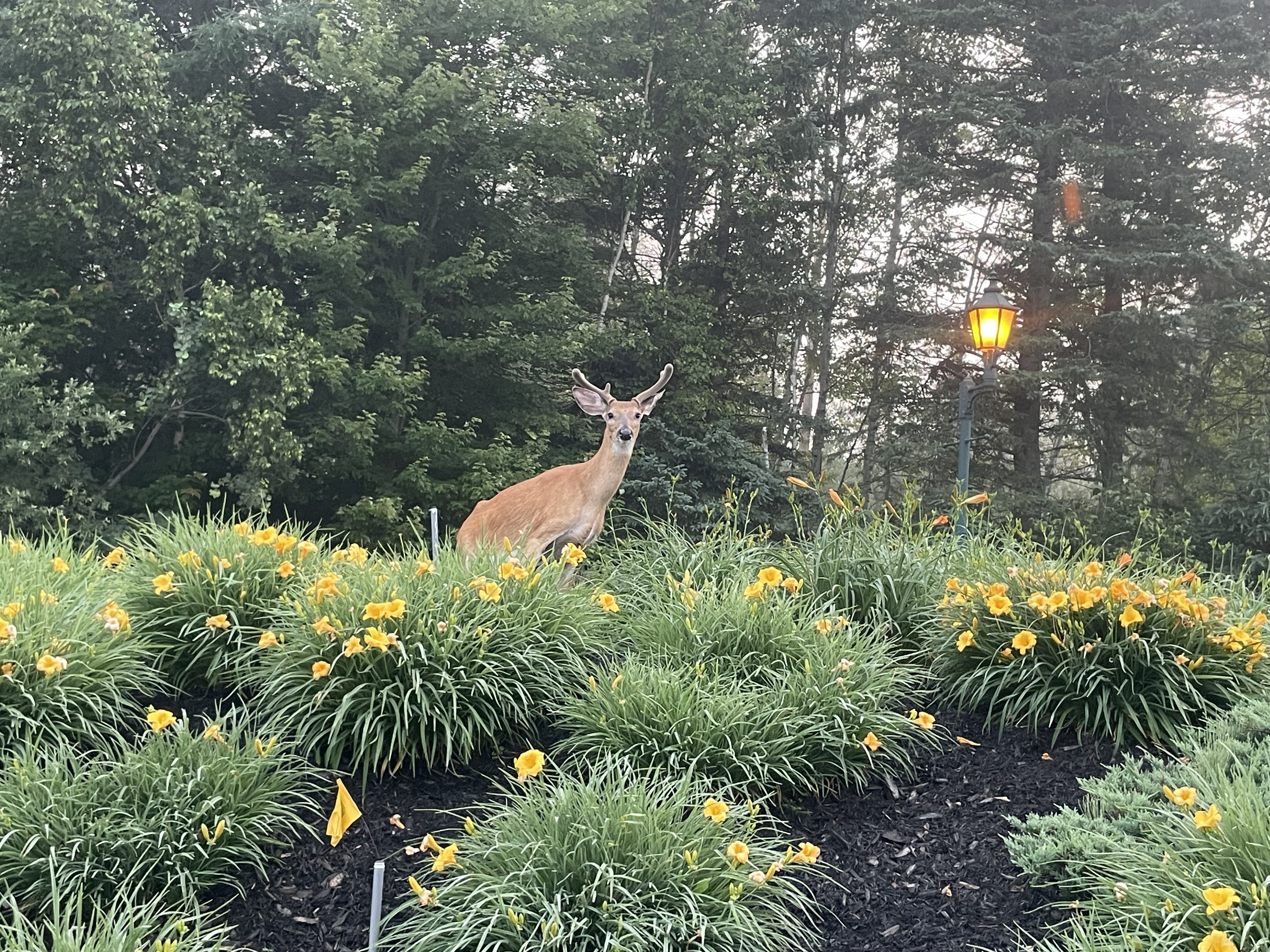Turf
14 JUL 2023

It's finally time to apply our grub treatments. This insect can do a lot of damage to our lawn. Grubs feed on the roots, weakening the lawn and making it much more fragile. With almost no roots left, turf can't absorb the water and nutrients it needs to stay healthy or simply survive. Often, we may think that the turf is under drought stress and that it requires water, but unfortunately irrigation is not the problem.
Most visual damage is caused by grubs, but indirectly. Several pests feed on this insect. They turn over large patches of turf, happily pecking away at infested areas, creating a lot of work for our maintenance crews. As long as there are insects in the soil, we'll never be able to clean up the mess effectively because, the next night, they come back to give us more work.
Last year, we did a good job of preventing the larvae from multiplying. We'll have a few more years to treat to reduce their population. Spraying is not 100% effective. Insects evolve and adapt to the insecticide. The few that survive give rise to more resistant generations. It's the same problem with turf diseases. We must rotate chemical groups to attack them in different ways. This way, the insect or disease doesn't have time to adapt.
Once the treatments are over, we will finally repair the damage.

The waterfall will be temporarily shut down to allow maintenance to be carried out on both basins. A quick clean-up is in order, as several undesirable plants seem to be taking up residence. We'll have to dry them out as much as possible before we can work on them.

Upcoming maintenance
- Grubs treatment
- Cleaning of waterfall basins (Le Maître)
- Rectification of bunker contours (La Bête)
Marc-André Doré
Course Superintendant